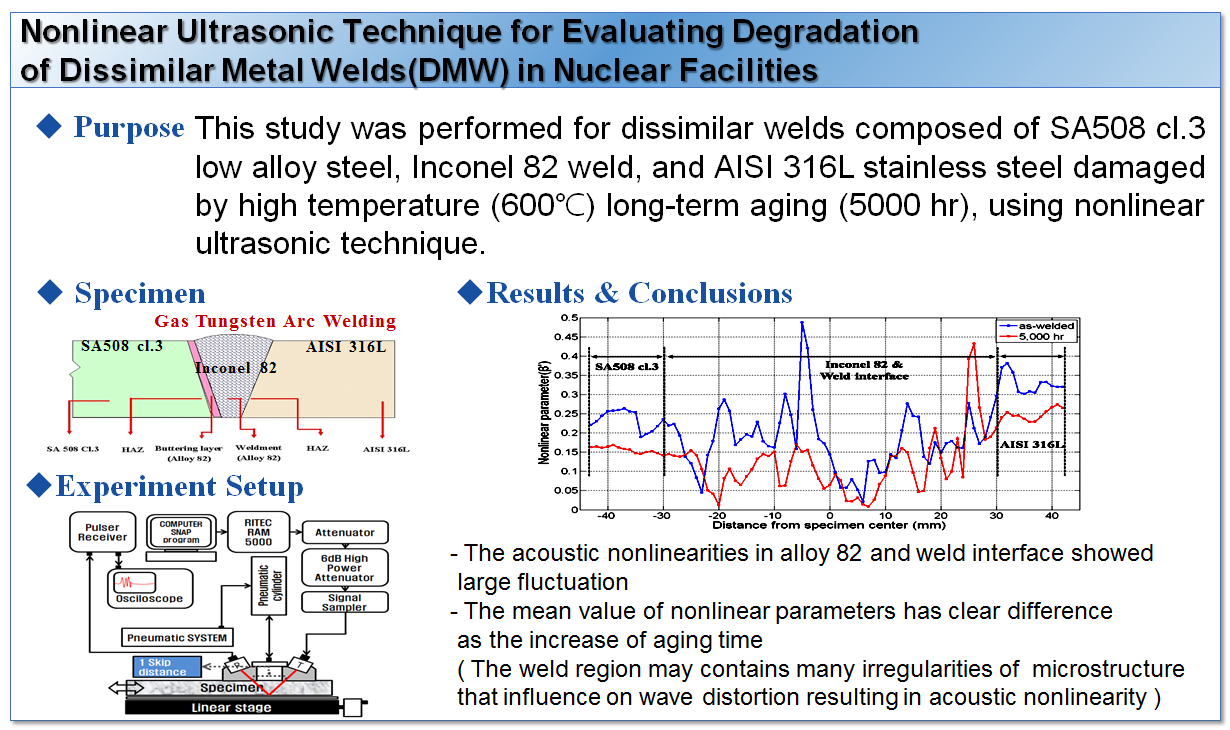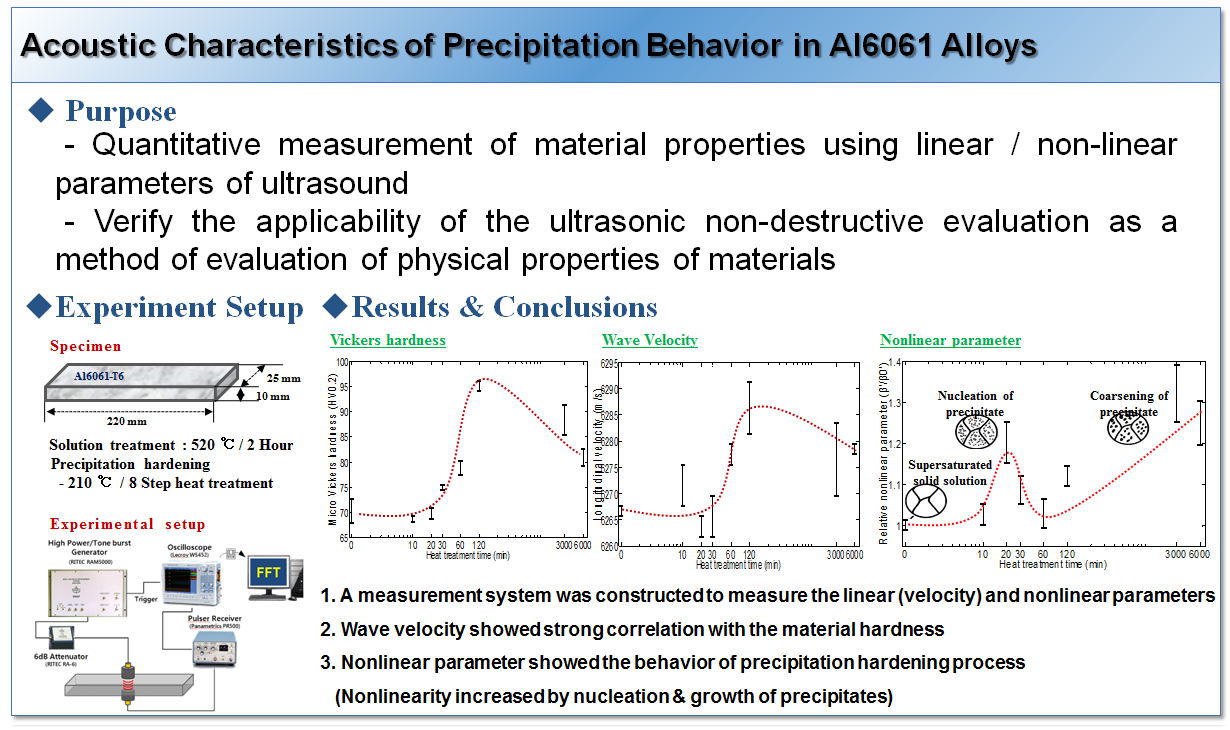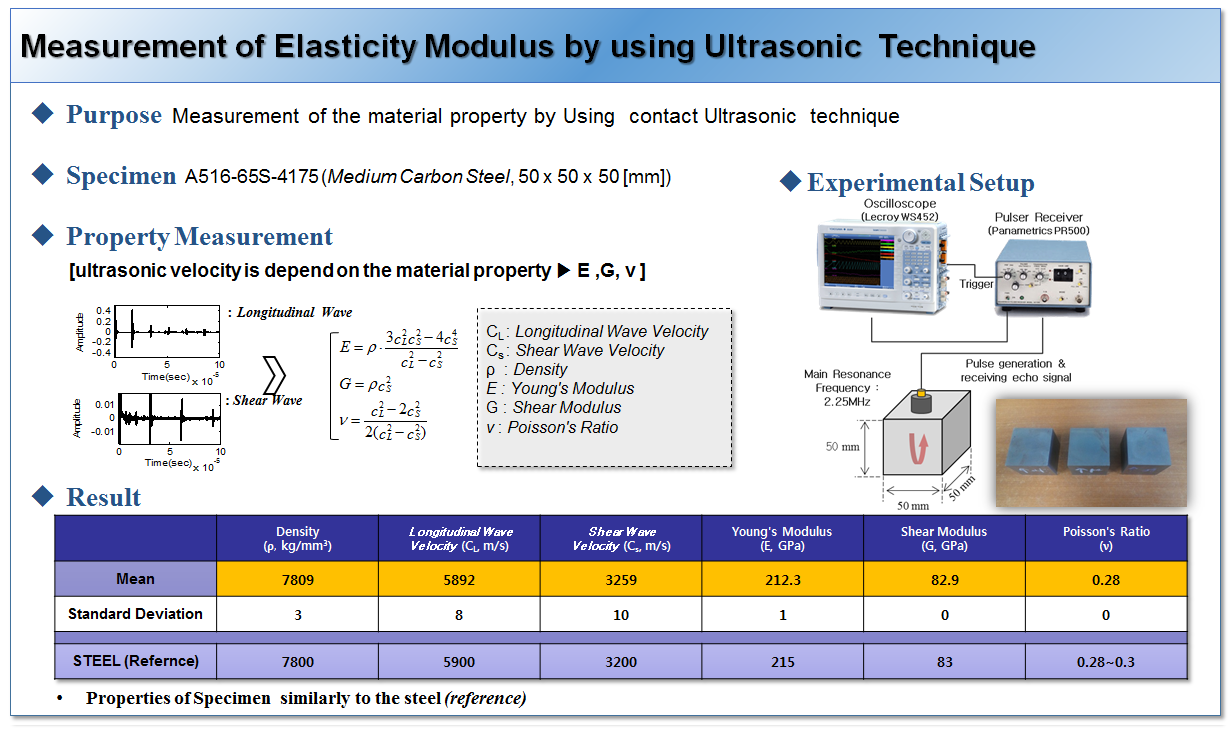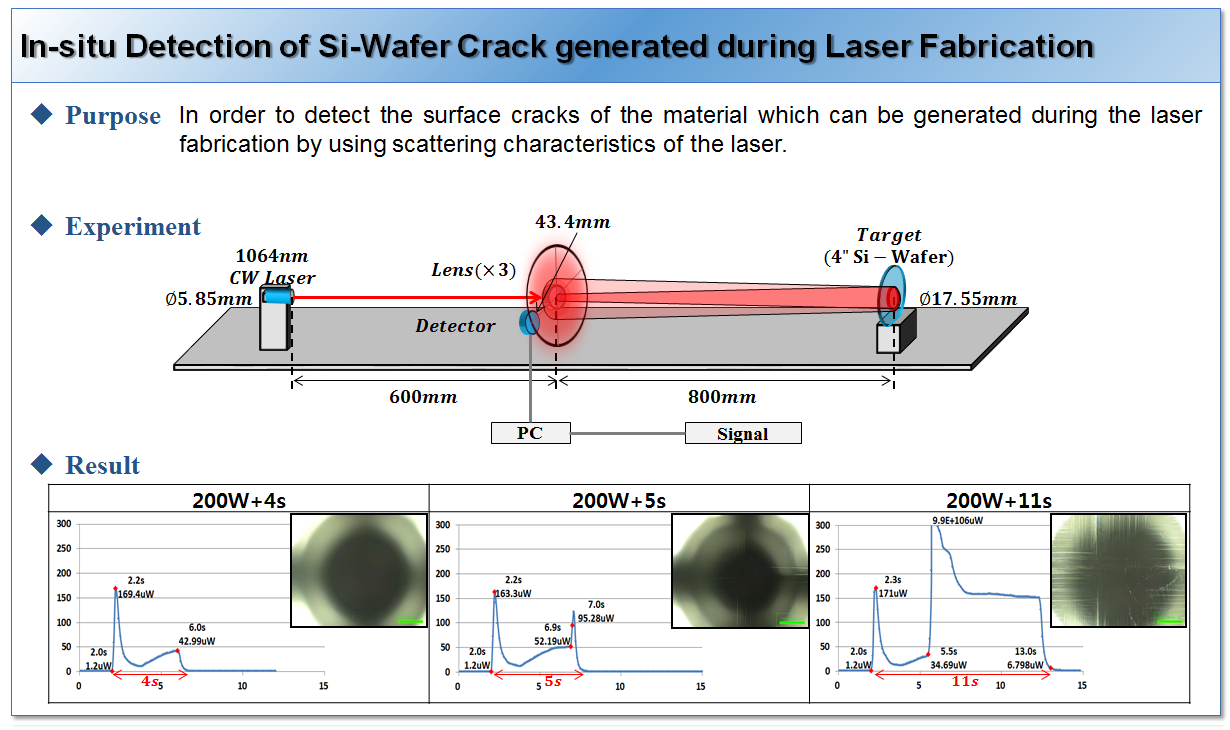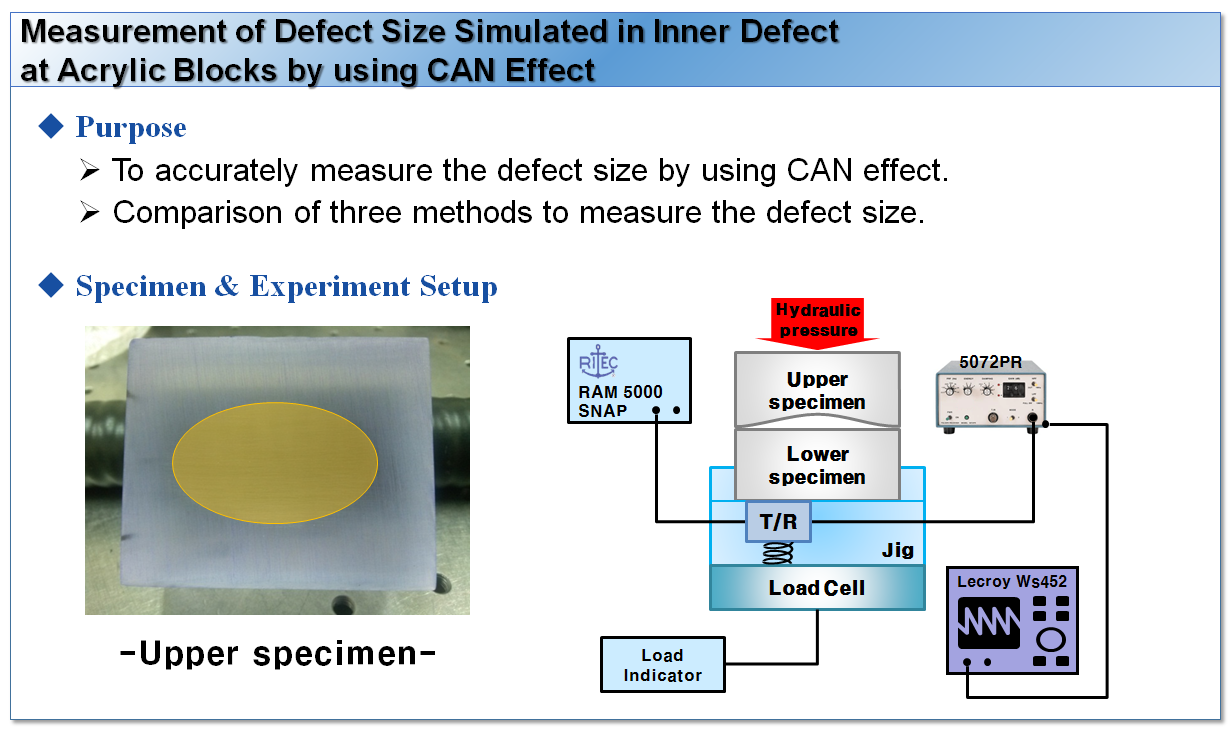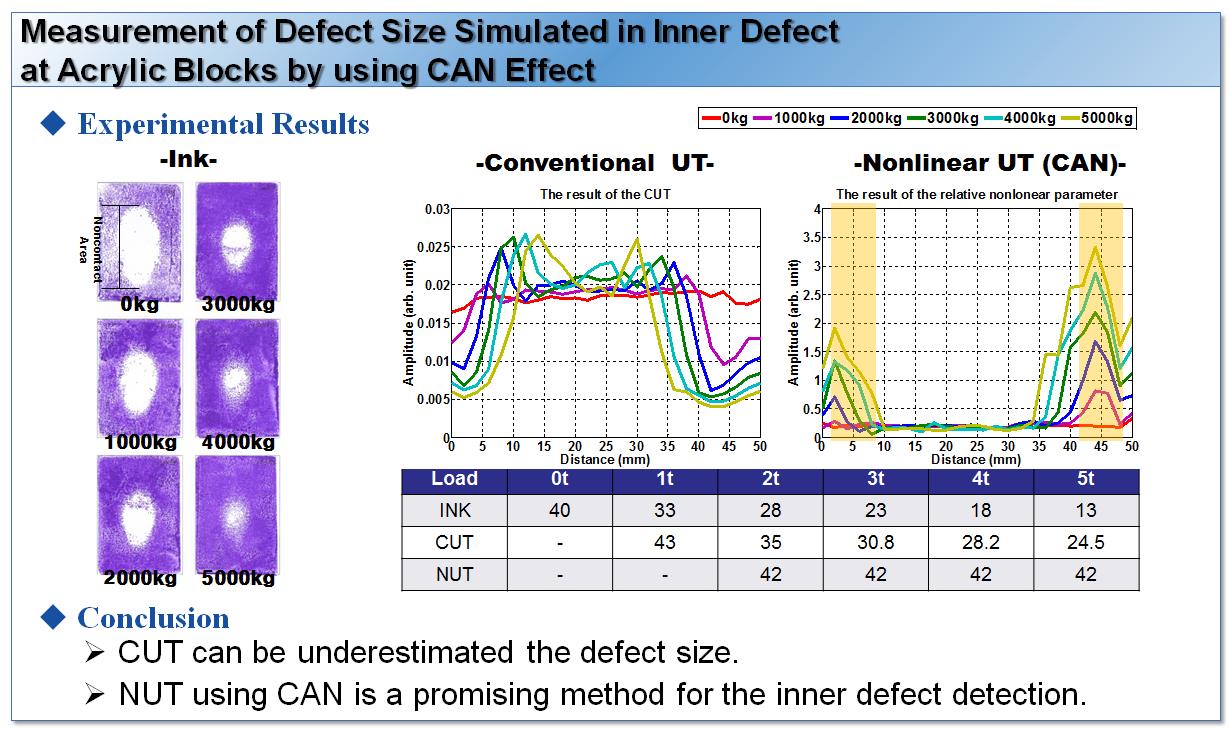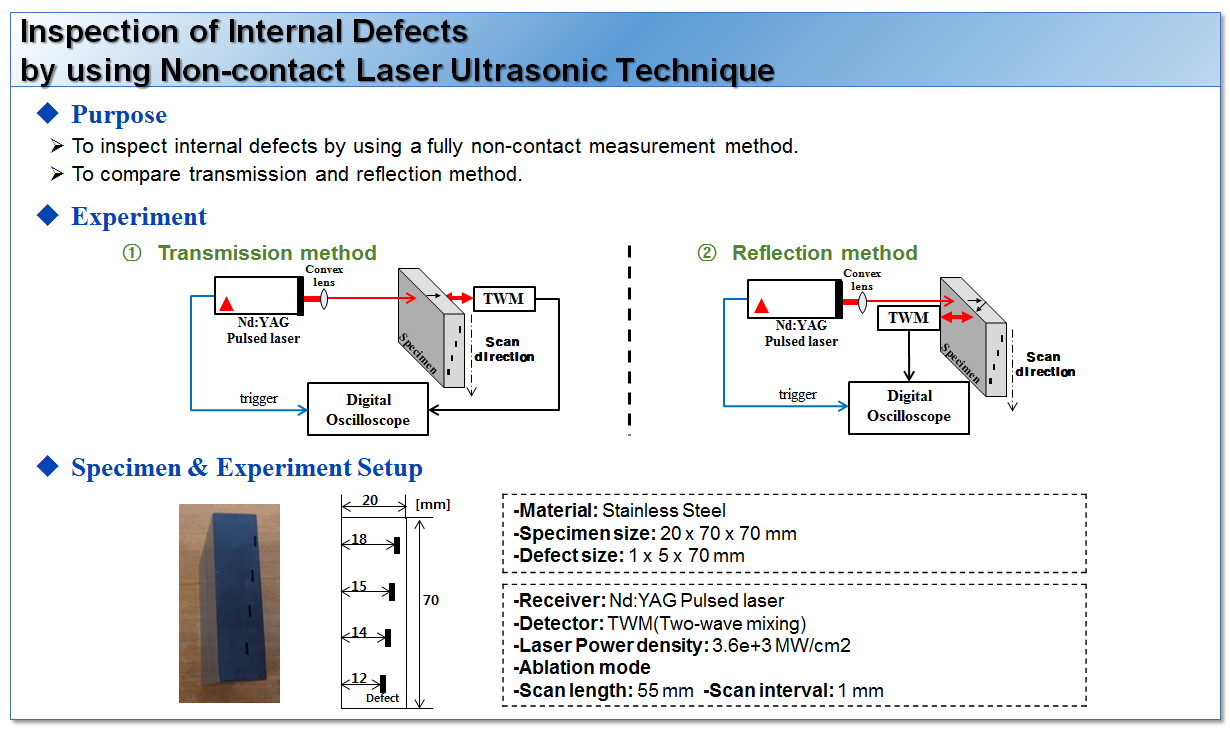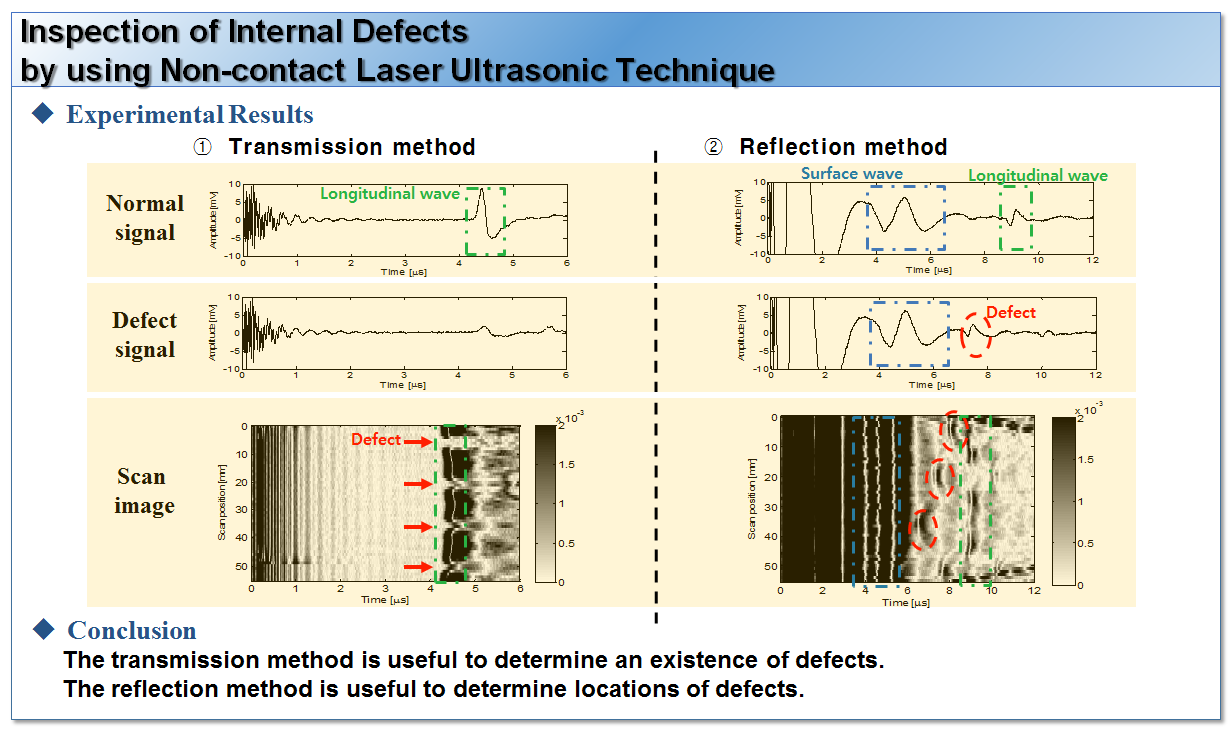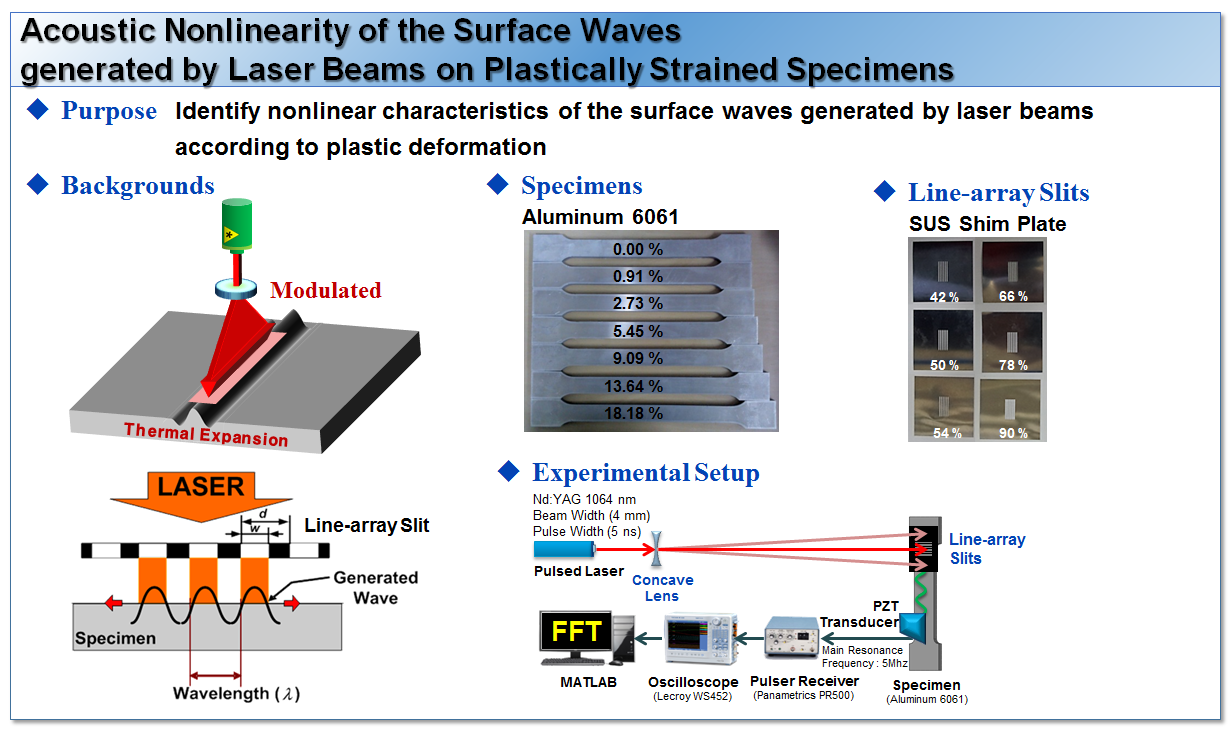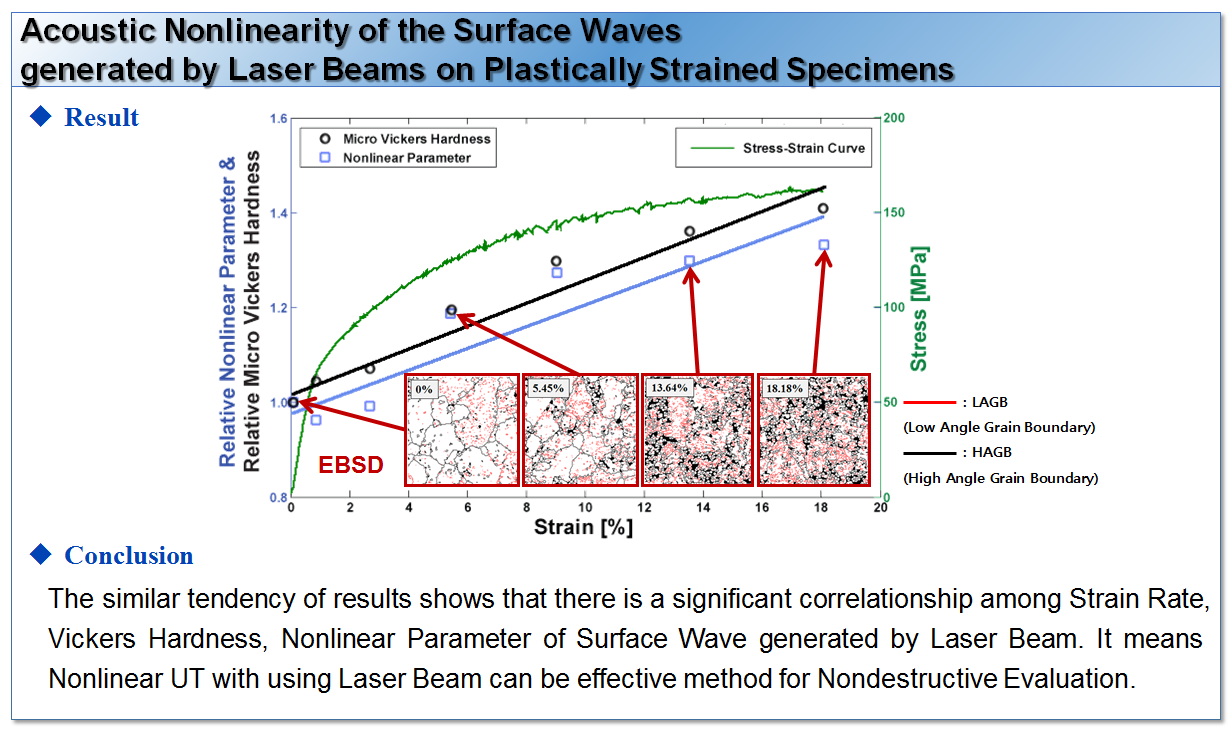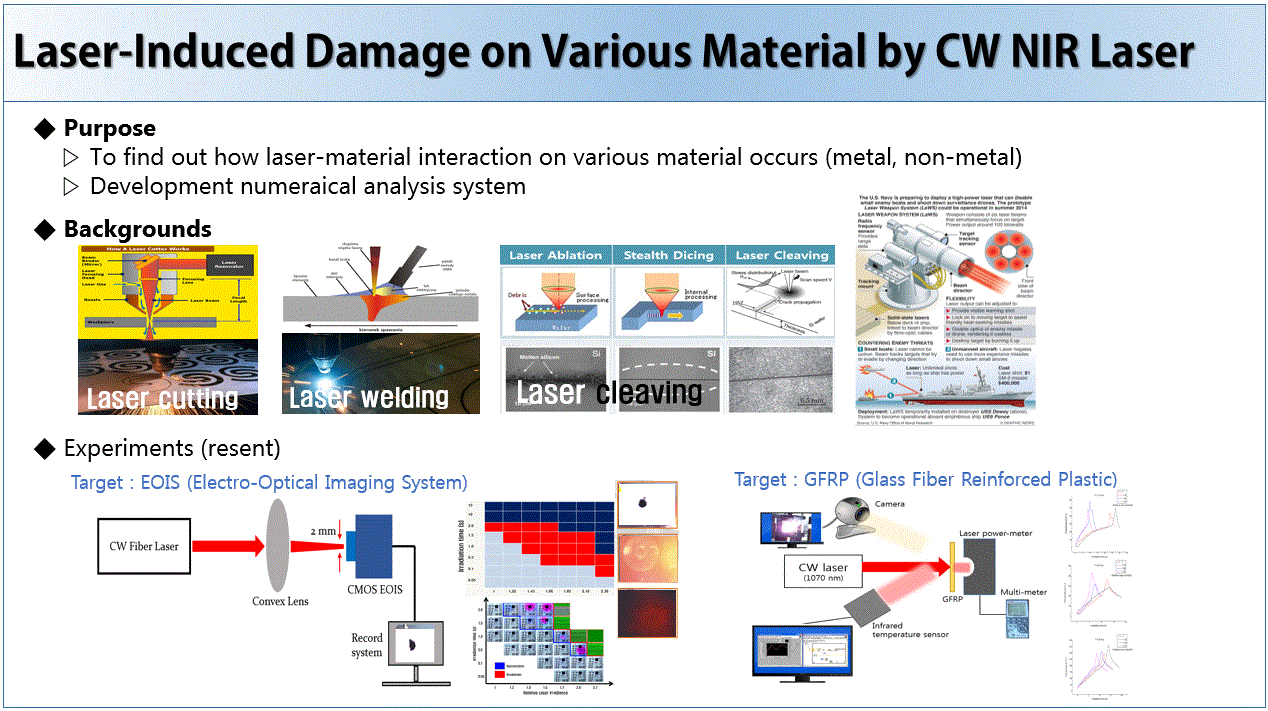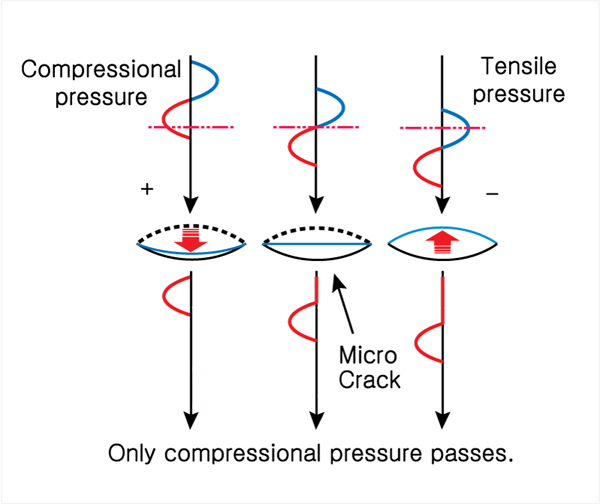ISNDE :: Reserch - Research Area
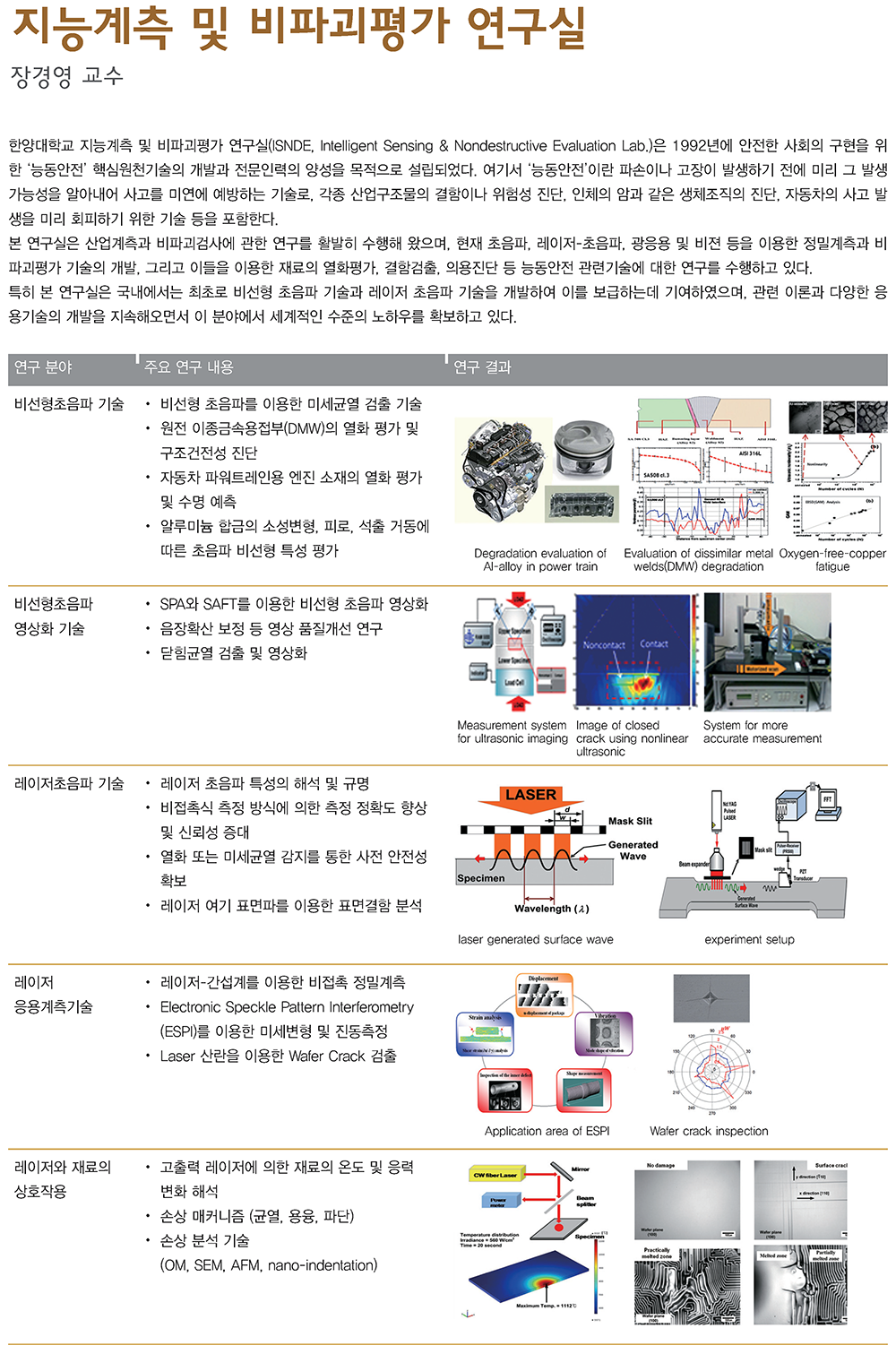
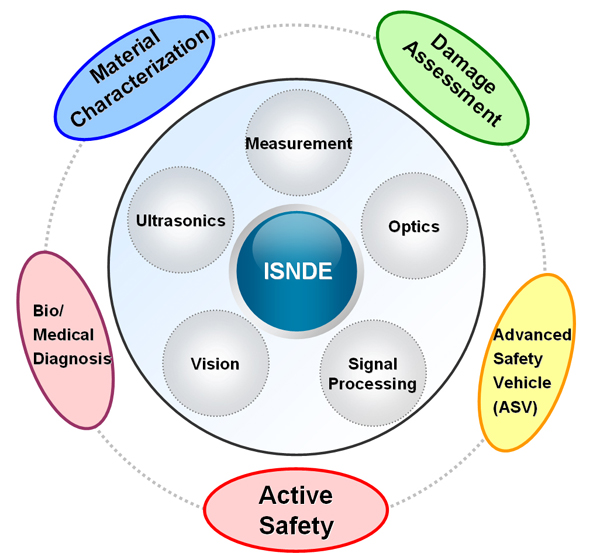
Fig. 1. Core technologies and practical applications in ISNDE.
Core technologies which form the backbone in ISNDE Lab.(Seeds) and practical applications(Needs) are well illustrated in Fig. 1. There are Ultrasonic waves, Optics, Measurement related to these studies and signal processing as the core technologies, which are used for active safety fields such as NDT/NDE (Material Evaluation, Damage Evaluation and Real time Monitoring), Bio/Medical Diagnosis, Advanced Safety Vehicle(Warning veering vehicle and collisions, Avoiding hindrances, Keeping the distance between cars) and so on. ISNDE Keeps up research and development of new active safety technology hasn't been possible so far with strong conviction that we can make them possible.
Research Area
Nonlinear Ultrasonic Waves
For securing the structural safety, it is significantly necessary to precisely evaluate deterioration, micro crack and even possible defects which have possibility to continue to breakdown. However, there are limitations only with existing linear-elastic characteristics. To cope with this problem, the technology using nonlinear ultrasonic wave receives attention recently. In Korea, ISNDE Lab. is the first to develop the technology of utilizing nonlinear ultrasonic waves and focuses the research about theoretical details related to nonlinear ultrasonic waves and applicable technology. A nonlinear ultrasonic wave is generated by the nonlinear elastic characteristics of materials. There are four nonlinear characteristics as below:
1. Two Wave Mixing
Effect occurring summation components and subtraction components caused by the interaction between two frequency components
2. Nonlinear Resonance
Phenomenon that resonance frequency is being shifted as depending on the entering amplitude in the special resonance condition
3. Harmonic Wave generation
Phenomenon that the higher-harmonic waves which are relevant to integer times of the entering frequency are generated as ultrasonic waves propagate
4. Sub-harmonic Wave Generation
Phenomenon that sub-harmonic waves are generated by the nonlinear elastic characteristics of the contacted interface
Using ultrasonic waves is expected for the evaluation of deterioration and detection of closed cracks due to the sensitive response characteristics about the variation of material properties and the contact condition of the interface. In ISNDE Lab., the intensive researches about proof and application about the generation of harmonic waves among above four phenomena. This is the most conventional phenomenon in the nonlinear acoustic wave. As illustrated in Fig. 2(a), the distortion of the wave is occurred and higher-harmonic waves are generated consequently due to the fact that the velocity of ultrasonic waves depends on their amplitude. This is analogous to the phenomenon that the front space gets narrower but the rear space gets broader as people march making a line. This is because taller person are faster than smaller person.
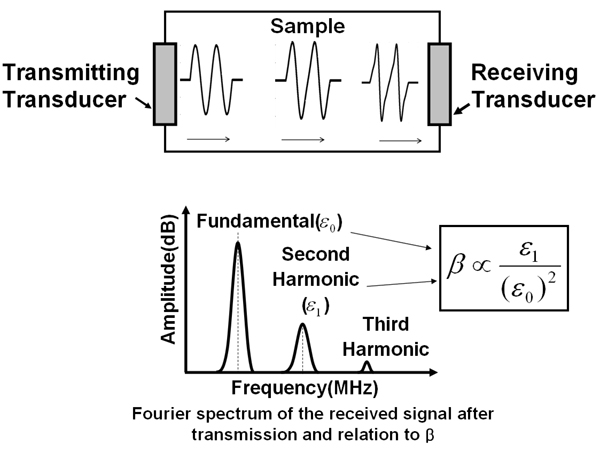
(a)
(b)
Fig. 2. Distortion and harmonic generation occur by nonlinear elasticity; (a) β is the parameter indicating the magnitude of the nonlinearity quantitatively, which is defined as the ratio of the magnitude of the second harmonic frequency component and the one of the fundamental frequency component. (b) Figure of speech about the distortion phenomenon by nonlinear elasticity. People standing in a row at regular distance march one step at a time, assumed that each person's stride is proportional to his or her height. In this case, the height is similar to the amplitude of ultrasonic and the stride is compared to the wave length.
On the other hand, when incident sine ultrasonic wave reaches on imperfect interfaces, compressional pressure propagates but tensile pressure doesn’t propagates as shown in Fig. 3. This effect is known as Clapping Effect, which can be considered as a sort of nonlinear elastic characteristics called as CAN(Contact Acoustic Nonlinearity). Consequently, the penetrated ultrasonic wave has the waveform similar to half-wave rectified waves and contains harmonic frequency components expected to use for investigating closed crack, which is not detectible with conventional method because the amplitude of the harmonic wave depends on the interface contact condition. Thus, pragmatic techniques for using the harmonic frequency component have been actively researched.
Fig. 3. Schematic diagram showing the concept of CAN at micro crack; only compressional part of ultrasonic wave can penetrate the interface of crack
ISNDE had researched and utilized about nonlinearity of longitudinal wave at first, recently we have been studying about nonlinearity characteristics of surface waves or laser-induced ultrasonic waves for material evaluation such as deterioration, fatigue, corrosion and hardening, and micro-crack detection in imperfect interfaces, and initial fatigue cracks, and cracks in dissimilar metal weld zone. In the related measurement technology, signal processing and imaging processing has been also developed. The research topics related to nonlinear ultrasonic waves in ISNDE Lab. can be illustrated as shown in Fig. 4. Fig. 5 shows one of research results related to nonlinear ultrasonic characteristics at micro-delamination between internal interlayers in semiconductor by using immersion ultrasonic C-scan: the left side of Fig. 5 is the measurement methods, the middle side is the C-scan image about micro-delamination, and the right side is the result to able to judge the amount of delamination quantitatively by showing the imaging processing result of nonlinear parameter as the contour map.
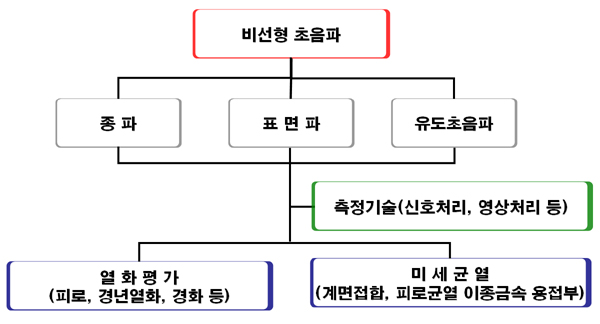
Fig. 4. Research fields related to nonlinear ultrasonic wave in ISNDE Lab.

Fig. 5. Nonlinear ultrasonic characteristics at micro-delamination between internal interlayer in semiconductor by using immersion ultrasonic C-scan
● 일반 초음파 분야
본 연구실에서는 비선형 초음파 이외의 일반 초음파 관련 연구도 수행하고 있으며, 대표적인 연구 주제는 다음과 같다.
▶ AE 신호측정을 통한 Brazing 파이프의 누설평가 및 신뢰성 평가 ▶ 초음파현미경 시간분해능 향상을 위한 웨이블렛 기반 Deconvolution 기술 개발 ▶ 미세균열에서의 TOFD 기법 적용성 평가 ▶ 음탄성을 이용한 응력 측정 |
● 레이저 초음파 분야
레이저에 의한 초음파의 발생은 국내에서 본 연구실에 의해 최초로 실험적 검증이 이루어진 이후 비접촉식 초음파 송신방식으로서의 다양한 응용연구가 활발히 진행되고 있다. 레이저 초음파는 매우 짧은 시간 동안의 레이저 펄스를 재료 시편에 입사 시킬 때 재료 표면에 발생되는 순간적인 열팽창에 의해서 음파를 발생시키는 방법이다. 이 방법에 의하면 작은 레이저 입사 파워에 의해서도 음파 발생이 가능하기 때문에 재료 표면에 어떤 손상도 주지 않게 된다. 그리고 무엇보다도 음파를 발생시키는데 재료와의 직접적인 접촉이 필요 없기 때문에 커플런트를 사용하지 않아도 되고 따라서 고속스캔이 가능하고 온라인 적용이 가능하다는 장점이 있다. 특히 표면의 열팽창에 의해 발생하는 초음파는 종방향보다는 횡방향으로의 에너지 전달이 강하여 표면파나 유도초음파의 발생에 더욱 효과적이다.
한편 레이저 빔의 공간변조에 의해서 우리가 원하는 파장 (또는 주파수)의 음파를 발생시킬 수가 있다. 그림 6은 지금까지 개발된 레이저 초음파 공간변조 기술이다. 일반적으로 점, 선, 선배열의 레이저 빔 형상을 만들수 있는데, 점형태의 레이저 빔은 전혀 공간변조가 없는 형상으로 발생된 파는 전방향으로 전파하고 주파수 대역이 매우 넓지만 이로 인해 수신된 신호를 해석하는데 어려운 점도 있다. 선 형태의 레이저 빔은 점 형태보다 방향성을 향상시킨 형태이나 이 역시 주파수 대역이 넓다. 선배열 레이저 조사는 파장을 고장시킬 수 있어 협대역 초음파를 발생시킬 수 있으며, 파장은 배열간격과 일치하므로 배열간격을 조절하여 파장을 쉽게 가변시킬 수 있다. 원호배열형과 링배열형은 모두 본 연구실에서 세계 최초로 고안된 유형으로, 전자는 집속효과를 가지고, 후자는 배관의 원주방향으로 균일한 진폭의 종파모드 유도초음파를 강하게 발생시킬 수 있는 효과를 갖는다.
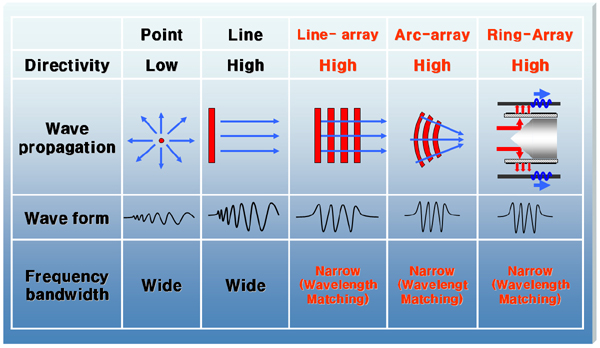
그림 6. 레이저 빔의 공간변조 방식과 발생 초음파의 특성
그림 7과 그림 8은 본 연구실에서 개발한 레이저 초음파 송수신 기술의 사례로서 각각 선배열 레이저 빔을 이용한 판재 유도초음파 송수신, 링배열 레이저 빔을 이용한 배관 유도초음파 송수신을 보여준다.
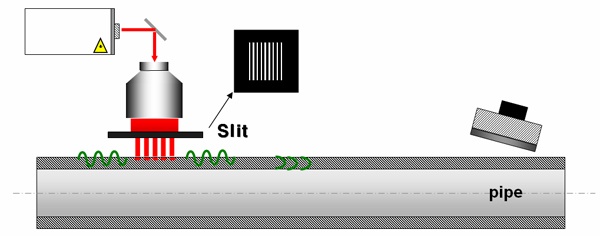
그림 7. 선배열 레이저 빔 조사에 의한 파장매칭형 유도초음파의 발생 기법 (판재에 적용). 배열간격을 조절함으로써 발생시키고자 하는 유도초음파의 파장을 선택적으로 변경할 수 있으며, 수신에 Air-Coupled Transducer를 사용함으로써 단일모드의 유도초음파 비접촉 송수신이 가능한 특징이 있음.

그림 8. 링배열 레이저 빔 조사에 의한 파장매칭형 배관 유도초음파 발생 기법 (배관적용). 배관 전면에 균일한 강도를 갖는 L 모드 유도초음파를 비접촉으로 발생시킬 수 있고 확산에 의한 진폭감소가 적어 장거리 전송이 가능한 특징이 있음.
● 바이오/의용 진단
산업용 비파괴평가기술과 바이오 진단기술은 기본적인 원리는 공통된 부분이 많다. 다만 매질의 특성차이로 인한 세부기술은 상이한 부분이 있다. 본 연구실에서는 인체조직이나 농축산물의 조직이상 진단에 초음파를 이용하는 기술을 개발하였으며, 다음은 최근 수행한 관련 연구들이다.
▶ 비선형 초음파 기법을 이용한 생체조직의 이상 발생 조기진단 ▶ 혈관의 비선형 탄성거동 모니터링에 의한 혈관진단 ▶ 초음파를 이용한 청과물 내부결함 및 물성(경도) 평가 기술 ▶ 근전류 측정에 의한 근조직 수축 이완 모니터링 |
● 광계측 분야
본 연구실에서 다루는 광계측 기술은 레이저 계측과 머신비젼을 포함한다. 레이저 계측은 간섭계 등 정밀계측기술로 이용되며, 머신비젼은 인간의 시각을 대신할 수 있는 정보를 제공하여 각종 검사자동화 및 제어에 활용된다. 다음은 본 연구실에서 수행하는 관련 연구주제들이며, 그림 9는 레이저 스펙클 간섭계 (ESPI)를 이용한 미세변위와 진동측정기술 개발결과를, 그림 10은 화상처리에 의한 차선인식결과를 보여준다.
▶ 레이저를 이용한 정밀 거리계측 (레이저 레이더의 개발) ▶ 머신비전 응용기술 (LCD 결함검사, 전차선로 위치검사, 표면실장 PCB 검사 등) ▶ ESPI를 이용한 미세변형 및 진동측정 (각종 구조물의 고장분석에 활용) |
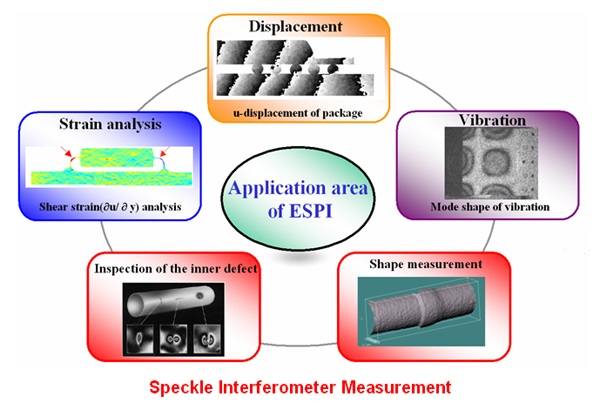
그림 9. 레이저 스펙클 간섭계 (ESPI)를 이용한 미세변위와 진동 측정 기술 개발 결과. 좌측으로부터 시계방향으로 반도체 리드선에서의 열변형율 분포 측정, BGA 반도체 단면부 열변형 분포 측정, 판재의 진동모드 측정, 배관 용접부형상 정밀측정에 의한 결함검사, 그리고 전단간섭에 의한 배관내부 결함검사 (이 사진은 장비개발 업체의 자료임).

그림 10. 머신비젼에 의한 차선인식결과. 이 결과는 본 연구실에서 최초로 개발한 LCF (Lane Curve Function) 모델에 의해 처리되었으며, 기존 직선차선으로만 인식 가능했던 차선을 회전구간에서도 정확하게 인식하게 하였다는데 큰 의미가 있음. 더욱이 이 영상처리는 자동차 고속주행 중에도 수행될 수 있으며 향후 차선이탈경보는 물론 추돌경보나 자동차의 순항제어에 이용 가능하다.
3. 주요 보유 장비
● 고출력 톤버스트 초음파 송수신기 (RAM-5000 SNAP)
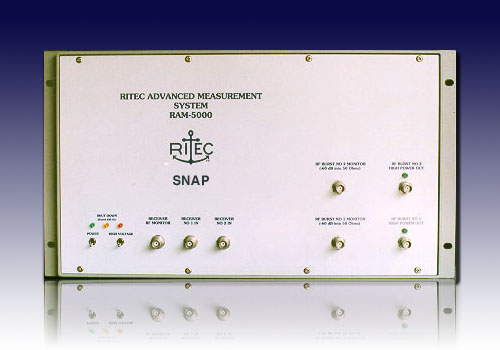
미국 RITEC사의 제품으로 톤버스트 파형을 수백볼트의 고출력으로 구동할 수 있고, 수신에 헤테로다인 기법을 채택하여 정밀 주파수 분석이 가능하다. 비선형 초음파 실험과 EMAT 실험에 활용하고 있다.
● 정전용량형 비접촉 초음파 송수신장치 (m-BAT)

캐나다 Micro-Instrumentation사 제품으로 정전용량형이며, 수십 kHz에서 약 2 MHz까지의 초음파를 비접촉으로 송수신할 수 있다. 단, 필름과 같이 매우 얇은 판재를 제외하면 송신효율은 낮은 편이다. 수신은 감도도 우수하고 이격거리가 2 MHz에서 수십 mm까지 가능하여 EMAT보다 유리한 점이 있다. 주로 레이저 초음파의 수신에 활용하고 있다.
● 레이저-초음파 시스템 (Nd-Yag 레이저 및 광학계)
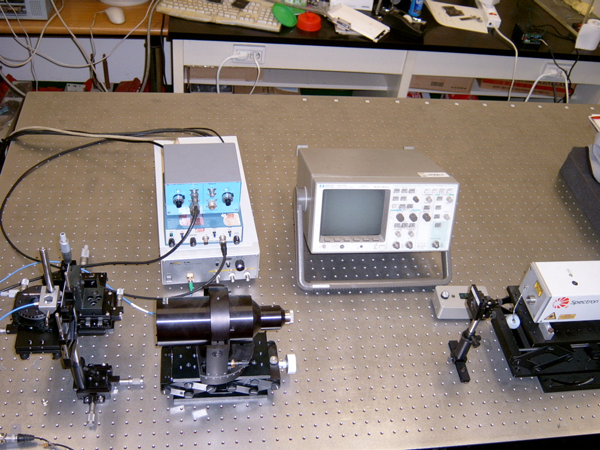
4nm 파장의 레이저 펄스를 1J까지의 고출력으로 발생시킬 수 있는 레이저 발생장치 (미국 Spectrum사)와 Collimator, Beam Expander, 각종 스테이지 등 광학부품으로 구성되며, 레이저 초음파 발생연구에 활용하고 있다.
● 기타
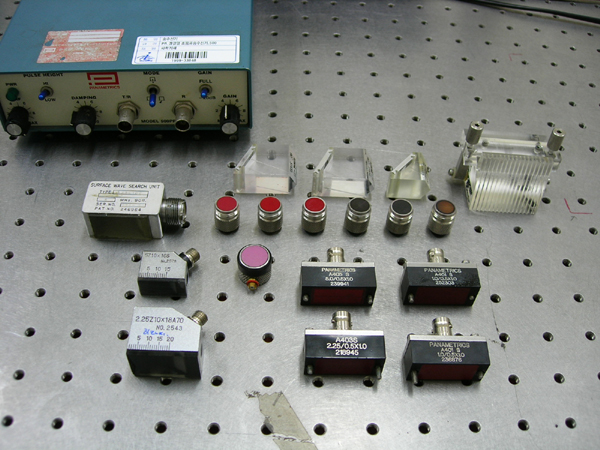
그 외 Function Generator, FIlter, 디지털 오실로스코프, 각종 센서 등 다수의 범용측정장비, 레이저 변위계, 스트레인 측정장치, CCD 카메라, 고속영상획득장치, 레이저 스캔 거리측정기 등 전문계측장비와 초음파 트랜스듀서, 펄서리시버 (Panametrics PR500), Gated Amp (Ritec), 초저잡음 고증폭 PreAmp (NF) 등 비파괴평가 연구에 필요한 장비를 구비하고 있다.
4. NDE 관련 주요 보유 특허
- 레이저 거리측정장치 (2001, 0310791)
- 청과물 내부품질 평가를 위한 초음파 검사 장치 (2002, 0343598)
- 레이저-초음파를 이용한 튜브의 결함 측정시스템 (2005, 0508782)
- 차선인식방법 및 시스템 (2005, 0472823)
- 폴더식 휴대폰의 힌지부 내구시험장치 (2006, 0542465)
- 링배열 레이저 조사에 의한 비접촉식 초음파 배관 검사장치 (2007, 0716593)
- 초음파 종파와 횡파를 이용한 두께 측정 장치 및 방법 (2008, 0832839)
- 전차선 높이 및 편위 측정 방법, 장치 및 이를 위한 기록매체 (2008, 0811823)
- 톤버스트 초음파의 고조파 검출 시스템 (2011, 1048563)
- 초음파 영상 장치 및 그 제어 방법 (2011, 1082085)
- 비선형 평가 시스템 및 장치 (2012, 1191364)
- 비선형 레이저 표면파를 이용한 미소손상진단장치 및 방법 (2013, 1257203)
- 웨이퍼 절단 장치 (2014, 1373421)
- 레이저 가공표면 결함 검출 장치 및 그 방법 (2014, 1427742)
- 탄성계수 측정 방법 (2014, 1452442)
- 필터를 이용한 초음파 선형/비선형 하이브리드 영상 장치 및 그 제어 방법 (2014, 1477607)
- 레이저 초음파를 이용한 재료의 기계적 거동 측정방법 및 측정장치 (2014, 1452441)
- 초음파를 이용한 두께 측정 장치 및 이의 두께 측정 방법 (2015, 1550706)
- 초음파 탐촉자용 접촉 매질 패드 및 이를 이용한 초음파 (2015, 1564645)
- 초음파를 이용한 강도 추정 장치 및 이의 강도 추정 방법 (2015, 1543707)
- 어블레이션 영역에서 최대 진폭을 갖는 레이저 초음파 발생을 위한 최적 빔 강도 선정 방법 (2015, 1556952)
- 초음파 누적 비선형 파라미터를 이용한 열화 평가 방법 (2015, 1566009)
- 초음파 상대 비선형 파라미터를 이용한 초음파 절대 비선형 파라미터 추정 장치 및 방법 (2016, 1594970)
5. 기타
● NDE 브레인의 양성
본 연구실은 현재 BK 사업에 참여하고 있고, 교육과학기술부 및 학술진흥재단의 연구과제를 다수 수행하고 있으며, 모든 연구원에게는 등록금 전액 이상의 장학혜택을 지원하고 있다. 또한 첨단계측 및 비파괴평가 관련 국내외 기관과의 유기적인 기술교류와 인력교류를 통하여 연구원들의 역량강화에 힘쓰고 있다.
● 교육과정
학부 및 대학원에 “계측공학”, “초음파공학”, “광공학” 의 강의를 개설하여 운영 중에 있으며, 산업체 강좌인 “센서 및 계측”을 매년 정기적으로 개최하고 있고, 비파괴협회 강의 등을 통하여 NDE 신기술을 비정기적으로 소개하고 있다.
● 연구원의 구성 및 배출 인력
현재 연구진은 2명의 박사과정, 5명의 석사과정, 그리고 학부 인턴쉽 학생들로 구성되어 있으며, 본 연구실이 배출한 인력은 설립 이래 박사 7명, 석사 70명에 이른다.
Recent Research Topics
